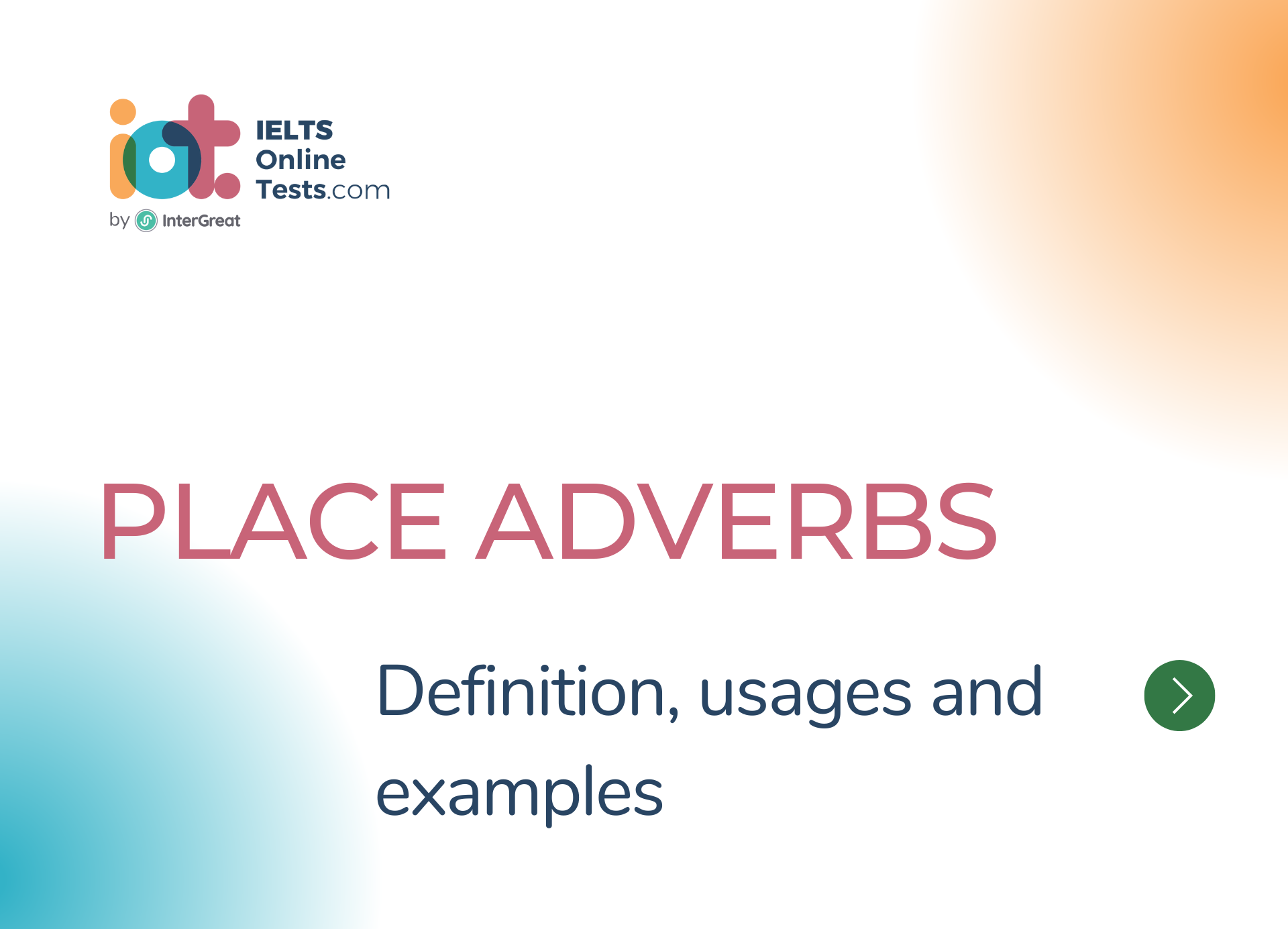
Place Adverbs
Place adverbs specifically describe the location or position of an action or event. They provide information about where an action happens or the direction or movement involved.
Here are some key points about place adverbs:
Definition: Place adverbs modify verbs and indicate the location or position of an action or event.
Where an Action Happens: Place adverbs answer the question "where" and provide information about the specific location or place where an action takes place.
- Example:
- "She went upstairs,"
- "They sat outside."
- Example:
Direction or Movement: Place adverbs can indicate the direction or movement involved in an action.
- Example:
- "He walked forward,"
- "They swam downward."
- Example:
Location or Position: Place adverbs can describe the position or arrangement of objects or people in relation to each other.
- Example:
- "The book is here,"
- "She stood beside him."
- Example:
Variety of Place Adverbs: Place adverbs encompass a wide range of words that describe different locations, directions, or positions, such as here, there, above, below, inside, outside, nearby, far, near, etc.
Placement: Place adverbs are typically placed after the main verb or after the direct object, if there is one.
- Example:
- "She placed the book here,"
- "He carried the bags outside."
- Example:
Verb Complements: Place adverbs can also be used as verb complements to further describe the location or position of the action.
- Example:
- "They hung the picture up,"
- "The cat jumped down."
- Example:
Place adverbs provide important spatial information, helping to situate actions or events within a specific location or position. By using place adverbs appropriately, we can convey a clear sense of where something happened, the direction or movement involved, or the relative positions of objects or individuals. They contribute to the overall vividness and accuracy of our descriptions by providing essential details about the spatial aspects of our statements.




